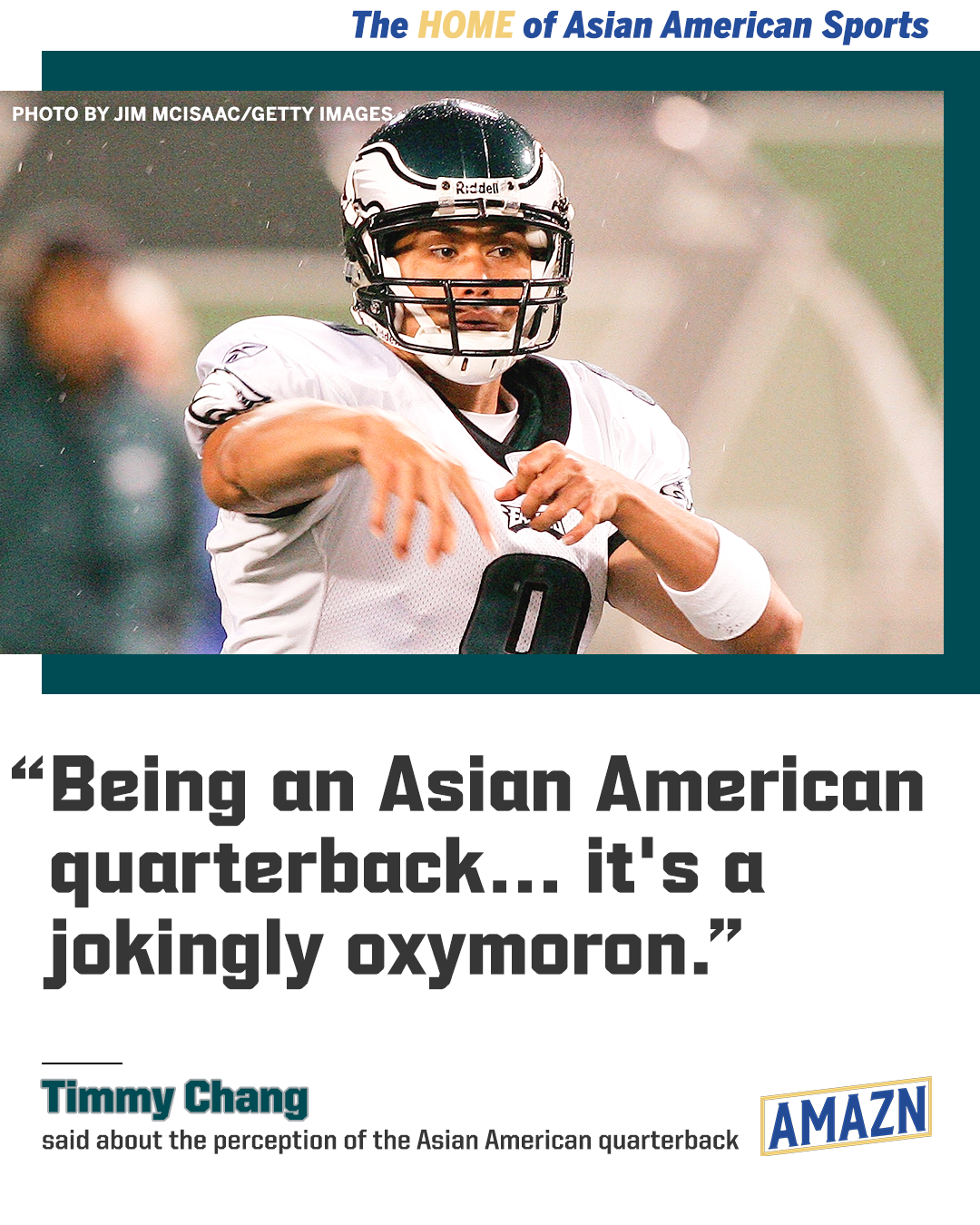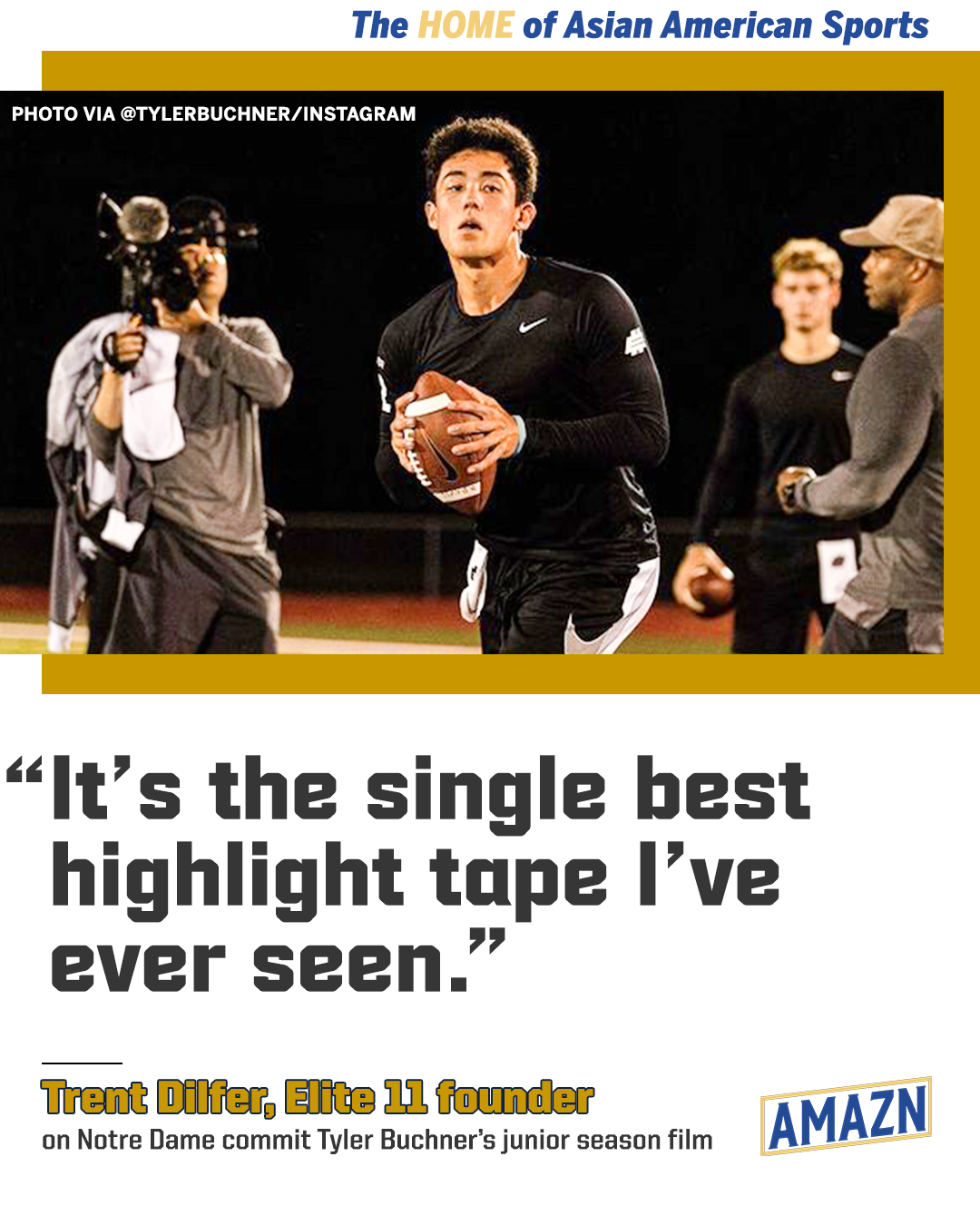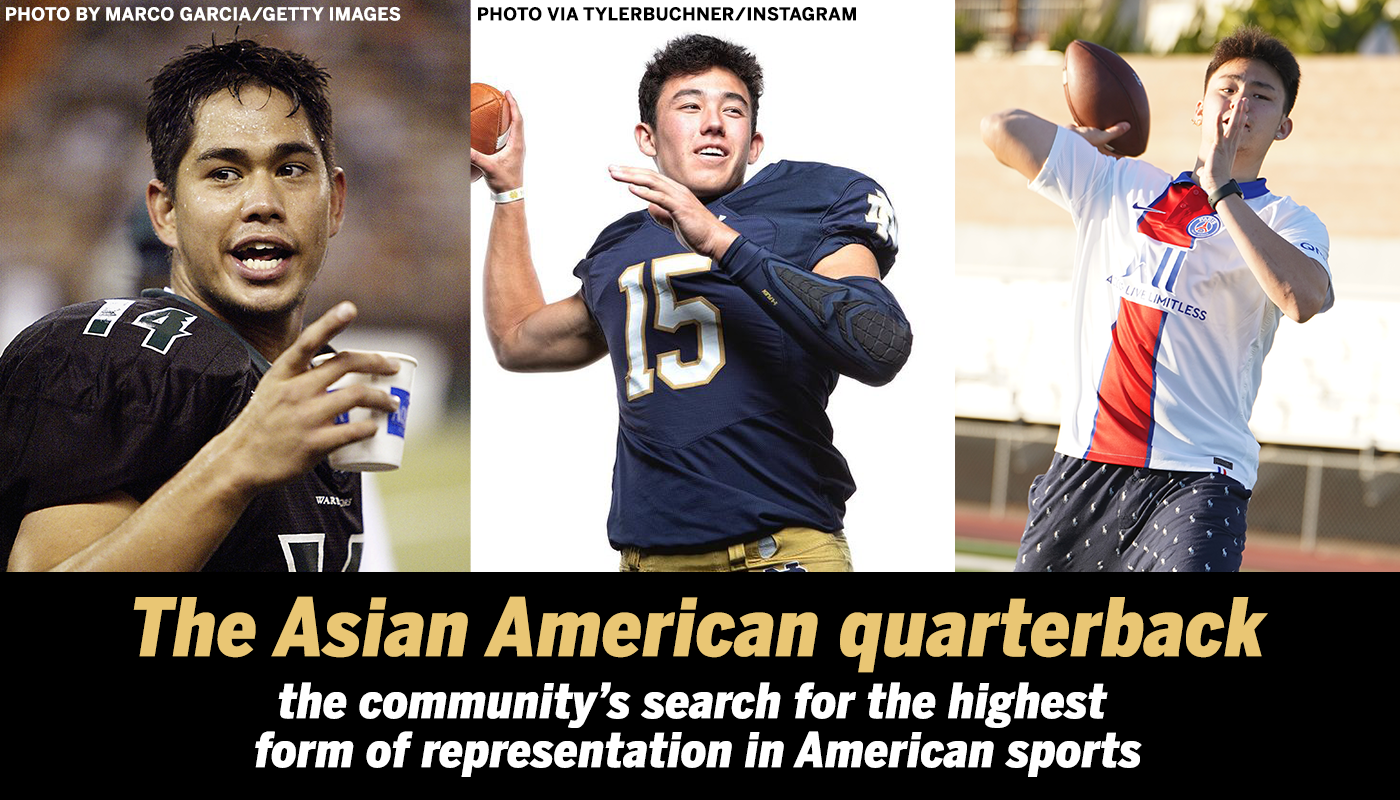By Pranav Iyer
Mar. 8, 2021
In American society, there is one position in sports that holds greater cultural importance than any other: the quarterback. The position has been a source of some of our country’s largest public figures and most important role models, from Tom Brady to Joe Montana.
Historically, it has been a position that has been dominated by white players, even long after the NFL had become a predominantly Black league. As of 2019, people of color made up for 70.1% of the player demographic. And as recent as 2013, 82% of quarterbacks were white.

“If you only see white male athletes as being the quarterback, then that is in many ways creating the idea and this racial construction that whites and only whites can only be the leaders and have that kind of power and control over a team,” CSUF sociology professor Cristina Chin said.
With the emergence of Michael Vick and Donovan McNabb in the early 2000s, a path has been created to allow for more representation at the highest stage of the game. In 2020, a record-setting ten out of the 32 teams started Black quarterbacks on opening day.
But representation of Asian American quarterbacks have been nearly non-existant throughout the history of the NFL. Former No.1 overall pick and Rookie of the Year Kyler Murray is ¼ Korean and is the only Asian American starting quarterback since Filpino American Roman Gabriel in 1973.
“Being an Asian-American quarterback... it's a jokingly oxymoron,” said NCAA record-setting quarterback Timmy Chang.
Football more so than most other sports, is a community and culture driven sport, Chin says. And with the sport being hardly prevalent, broadly speaking, in Asian American culture, that creates a barrier in itself. So in order for substantial change to be seen on a society-wide scale, she says the work has to be done from the grassroots level upwards.
“And until those steps happen,” Chin says, speaking of the grassroots work, “it's going to be really difficult to see [more] Asian American quarterbacks.”
VIDEO: The sociocultural importance of the Asian American quarterback
In the early 2000s, Chang had the opportunity to be that guy. Hailing from Honolulu, he was one of the most dynamic quarterbacks to come through the high school ranks at the time, throwing for 64 touchdown passes his senior year while leading the St. Louis Fighting Crusaders team to a top-five ranking in the nation.
For him and the football-crazy state of Hawaii, which has the largest percentage of Asian Americans in the country, seeing a quarterback of Asian origin succeeding wasn’t abnormal — contrary to the rest of the country.
“I realize now, but at the time I didn't,” Chang said about the difference between how Asian American quarterbacks are viewed in Hawaii compared to the mainland. “And it's probably because of being in Hawaii and when you're on that island, you're really isolated. … It was a time there was no Facebook, there was no Instagram or Twitter. And so … I didn't know what was going on on a national scale.”
Chang would go on to become a five-year starter (due to a medical redshirt season) at the University of Hawaii-Manoa and break six Division I FBS records along the way, including one for career passing yards. During his time there — the beginning of the legendary June Jones era — he would play in front of over 30,000 fans on a weekly basis at Aloha Stadium. His Asian face was ‘plastered’ all over the papers and on TV across the state. Hawaii Rainbow Warriors football was the biggest and most important sports team in the islands. Through his local fame, he acknowledges that he probably helped pave the way for other Hawaiian quarterbacks to follow, including Marcus Mariota and Tua Tagoviloa, both of whom also attended St. Louis and currently are enjoying NFL careers.
Chang had the opportunity to take his talents and beyond the islands, getting several opportunities in the NFL, including with the Eagles in 2006. That year, he ended up just shy of securing a roster spot behind Donovan McNabb and Jeff Garcia.
That was the closest he would ever get. And he realizes the societal impact he might have had if his playing career went further.
“If I could have made it, it would have been a bigger deal. “...The next person I saw to have a great impact was Jeremy Lin. … It wasn't my time.”
— Timmy Chang, former NFL hopeful
But some of those young aspiring Asian American QBs that followed Chang did their research into the depths of the history books, hoping to find sources of inspiration they could relate to. Vietnamese-Chinese American Phillip Tran was one of those kids.
“I did my research of Asians quarterbacks in the NFL and I realized there was only one [in recent memory],” Tran said about Chang.
Years later, as Tran was finishing up a successful stint at East Los Angeles College, he had come into contact with Chang, who was recruiting him at the University of Nevada-Reno where he currently coaches. Having been in the coaching world for over a decade at that point, it was rare for Chang to come across another Asian quarterback.
Chang offered advice to Tran about the obstacles of being an Division I Asian American quarterback, wisdom that only a handful of people in the entire world have insight on. And while he decided to take a scholarship offer at Saint Anselm College, he says he still heeds that insight to this day.
After Chang, there was not a single Asian American quarterback with a realistic shot of making the league until Kyler Murray came along. His success in the league has had an impact on many Asian American football players and fans, Chin says. When he wears his Korean soccer jersey at press conferences or places Korean writing in his Instagram bio; it’s the little things that allow people to connect in a way they seldom have been able to prior.
But on a larger, societal scale, Murray was never typecast as an ‘Asian American quarterback’ in the eyes of recruiters and coaches. Even diehard football fans are largely unaware of his Korean heritage. In those regards, the impact he has had, while significant to Chin, seems potentially limited.
The Future
This past season, there were zero quarterbacks in all of Division I football of Asian heritage. That has a good chance of changing come this fall thanks to Tyler Buchner and Jameson Wang. Buchner, who is Korean American, is the second highest ranked and second Elite 11 Asian American quarterback of all time (behind Kyler Murray in both regards). Elite 11 is the nation's premiere quarterback competition, one that crowns the top 11 performing senior quarterbacks through rigorous competition. He is currently an early enrollee at the University of Notre Dame.

He put up video game-like numbers as a junior at Bishop’s High School in La Jolla, CA — 6,084 total yards and 81 total TDs.
“It’s the single best highlight tape I’ve ever seen,” said Elite 11 founder and former Super Bowl Champion Trent Dilfer.
Getting offers from nearly every top school, including Alabama, Georgia and USC, Buchner has been heralded as the best incoming quarterback Notre Dame has seen in nearly 15 years in an analysis by Sports Illustrated’s Bryan Driskel.
It’s safe to say that Buchner has the potential to change perceptions like no Asian American before him being likely the first Asian-appearing quarterback in the national spotlight.
“If you ask somebody, close your eyes and think about a quarterback and describe to me what that person looks like and we could get past the Tom Brady's and so forth, we could create more representation where people could offer a lot of different racial groups to fit that role.”
— CSUF sociology professor Christina Chin
Wang will also be an incoming freshman this Fall, as he will be transferring from the Air Force Academy Prep School to Cornell University. Throughout his journey, he had no choice but to be hyper-aware of his Asian Americanness on the field growing up in the Los Angeles area and being called racist slurs throughout his playing journey.
“No matter where I go, it's going to be, ‘Oh, he's Asian, we've never seen this before,’” Wang said. “Whether it's the opponents, my own teammates, being an Asian American football player, you're breaking a lot of barriers.”
He understands the type of unprecedented platform he may have as a member of the Big Reds to propel future Asian American success in the sport. And the teenage kid already has some big dreams.
“My intention in going to Cornell is to break every Ivy League record," Wang said.
VIDEO: Carrying the torch as an Asian American quarterback
Only time will tell what the future of the Asian American quarterback holds. After all, the story has hardly been written at all. But if Wang fulfills his own hopes, he along with Buchner and those next in line could have a groundbreaking impact far beyond their own careers.
“We haven't crossed all the barriers yet, but I have hope that people won't be discriminated by the basis of their color and the way that they look, but by the skill and the heart and the determination and the work ethic.”
— Timmy Chang
